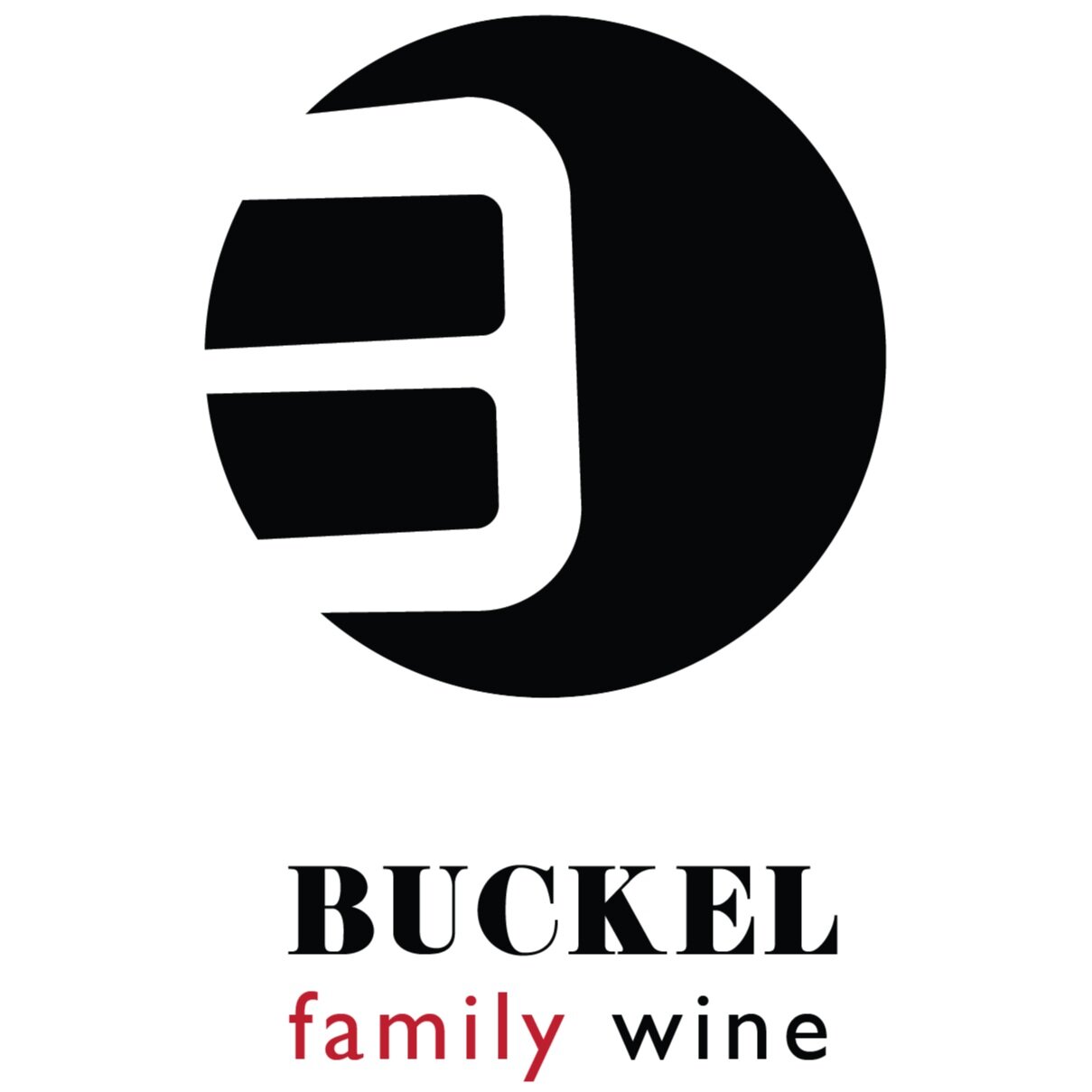What is Pruning
Great wine starts in the vineyard. And a healthy, productive vineyard is often the result
of good pruning. We just spent the past few weeks pruning the Russel Vineyard and
Starkraven Vineyard down in the Four Corners area of Colorado to set us up for a great
harvest of 2023!
What is pruning?
Pruning is an essential task that involves removing unwanted wood from the vine to
manage its growth, improve fruit quality, and maintain the vine’s health. Performed
during the winter when the grapevines are dormant, we use shears to cut back the
previous year’s wood and leave only a certain amount of buds for the future growing
season.
There are two main pruning techniques: spur pruning and cane pruning. Spur pruning
involves cutting back the previous year's growth to a set number of buds, leaving short
spurs on the main vine. This technique is commonly used on grape varieties that
produce fruit on spurs, such as Sauvignon Blanc and Cabernet Franc. Cane pruning, on
the other hand, involves cutting back the previous year's growth to a set number of buds
on a longer cane. This technique is typically used on grape varieties that produce fruit
on the previous year's growth, such as Chardonnay and Pinot Noir.
Why do we prune?
The primary focus of pruning is to balance the vegetative growth and fruit production of
the vine for quality. During pruning, we select how many ‘fruiting buds’ to leave on the
vine for the upcoming harvest.
If there are too many buds, the vine will be stressed out. It will have to divide its
resources to produce many grape bunches, resulting in a weak vine that cannot
produce enough leaves, and therefore cannot photosynthesize to produce
enough energy to fully ripen the grapes.
If there are too few buds on the vine, the plant has too many resources for such
little fruit. Therefore, it will use this extra energy to produce more leaves and
shoots. This can make a large canopy that shades the grapes, giving them less
concentrated flavor. Also with more vegetation, there is more humidity in the
vine, making it more susceptible to powdery mildew which can damage the
grapes.
When the vine is properly balanced, it has a light open canopy with enough
energy for the vine to concentrate on producing high-quality grapes, resulting in
more concentrated flavors, aromas, and colors in the wine.
Pruning also helps us control the yield, makes vineyard management easier, grape
maturation more consistent, and helps prevent wood disease in the vineyard.
Timing is key
Of course, how you prune is important, but when you prune is essential for maintaining
a healthy vineyard. We prune our vineyards in the late spring for a couple of reasons:
Minimizes Risk of Frost Damage: Colorado can get very cold and has a high
frost risk for vineyards, especially in early spring. Pruning later in the season,
after the risk of frost has passed, can help to minimize the risk of frost damage to
the buds and shoots.
Promotes Late-season Shoot Growth: The growing season is also shorter in
CO, so late-season shoots can help to improve the fruit quality by increasing the
exposure of the grapes to sunlight and improving the fruit-to-leaf ratio.
Improves Winter Hardiness: Late-season pruning can help to improve the
winter hardiness of the vines by allowing the vine to store more carbohydrates in
the roots. This can help to protect the vine from winter damage and improve its
ability to withstand cold temperatures.
Skiing! Pruning later in the spring means we can relax and enjoy the wonderful
winter in our home, Crested Butte.

